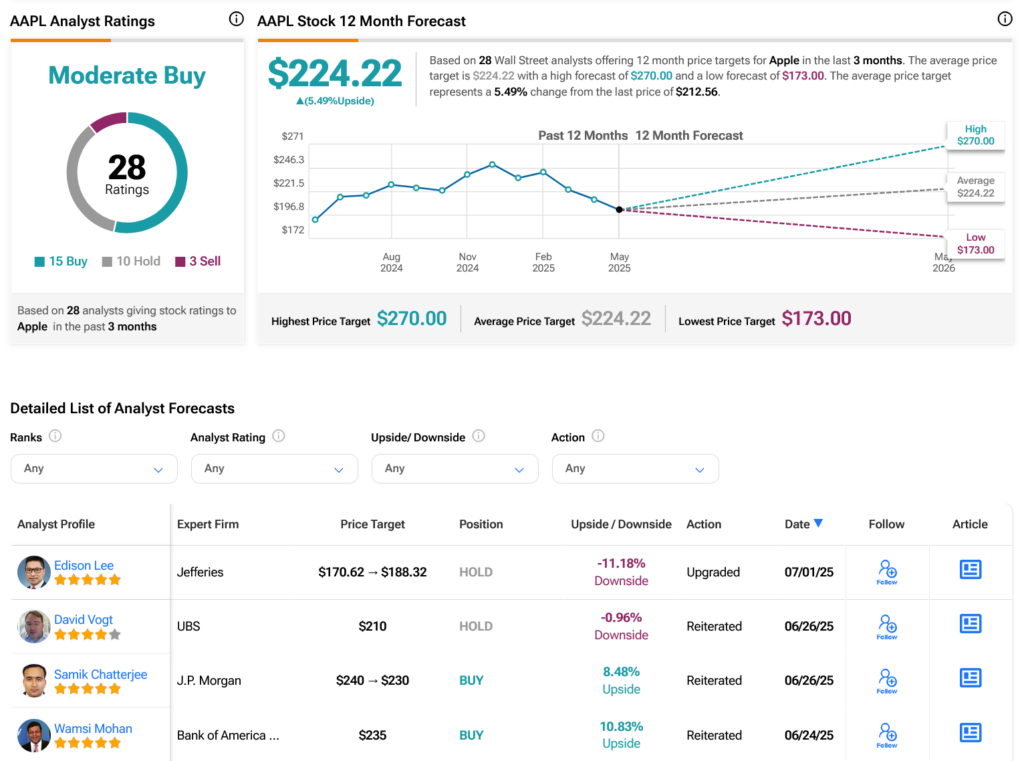Intel Just Blinked-And It Could Mean A Breakup Is Coming

29 April 2025, USA, San Jose: Lip-Bu Tan, Chief Executive Officer of Intel, appears at an event ... More organized by the company. Photo: Andrej Sokolow/dpa (Photo by Andrej Sokolow/picture alliance via Getty Images)
dpa/picture alliance via Getty ImagesMost investors chase headlines. I follow behavior. Today, Intel said more about the true state of its business—not in a press release, but in a quiet strategic walk-back that most will miss. Is Intel going for a breakup?
Reuters reports that Intel’s new CEO is contemplating abandoning efforts to promote its highly anticipated 18A chip technology to external customers, despite having already invested billions in its development and promotion.
On the surface, it’s a shift in product focus. But beneath this shift, it reveals a deeper behavioral insight.
Intel envisioned its 18A chip node as the breakthrough technology that would spearhead its return to advanced chip manufacturing and secure foundry contracts from hyperscalers such as Apple, Amazon, and Nvidia.
Now? Intel is quietly shelving it.
Instead, Intel will pivot external customers to its newer 14A process, effectively cutting its losses and leaning into a more focused narrative: .
At the same time, the company is shuttering its automotive chip division, laying off staff across its foundry unit, and simplifying decision-making inside the fabs. That’s not cost-cutting. That’s . This action isn’t an isolated move; it’s a pattern. And patterns in corporate behavior often preceded structural change.
To the average investor, the move looks like textbook discipline: cut a struggling initiative, refocus on core customers, and redeploy capital more efficiently.
But for those of us who study , , and , it signals something deeper. This isn’t just strategy, it’s .
Let’s be clear: Intel hasn’t announced a spinoff. There’s no Form 10, no S-1, and no public timeline to separate the foundry business—.
But in my experience, corporate breakups don’t start with filings.
And right now, Intel is moving like a company preparing to split.
Here’s what I’m watching:
Breakup isn’t just about unlocking value. They’re about rebuilding trust.
Intel isn’t there yet—but it’s signaling to investors: We’ve heard you. We’re cleaning the house. Stick with us.
And for special situation investors, that’s a setup worth tracking closely.
Intel remains a complex name. But this foundry pullback offers three critical insights for investors watching through a special situation’s lens:
For now, the situation is not a trigger. But in my experience, the best setups don’t come labeled. You need to delve deeper into the details.
After nearly two decades studying breakups, restructurings, and hidden value plays, one thing is clear: they rarely start with headlines. They start with quiet decisions, internal shifts, and changes in incentives, not narratives.
Intel’s foundry pivot might not spark a re-rating tomorrow. But for investors who track structural change, this is the kind of move that matters. It’s not the event, it’s the signal.
Flag it. Log it. Watch it. An Intel breakup may be coming.
The author owns Intel stock.










